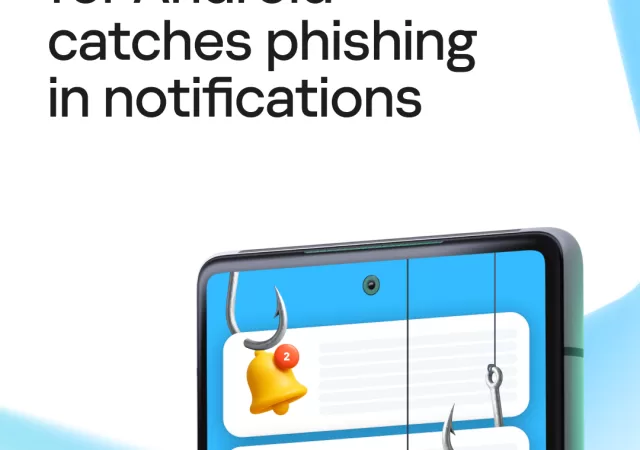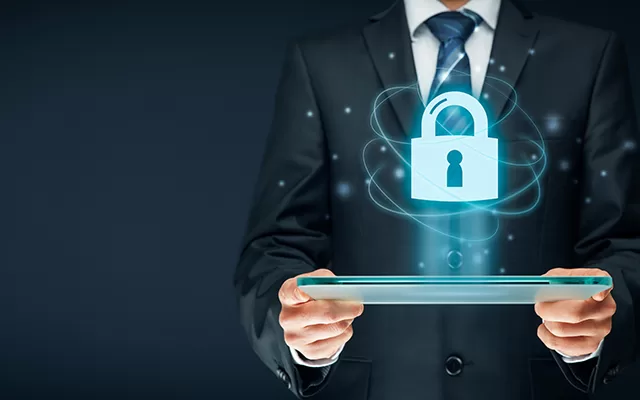Kaspersky introduces Notification Protection to tackle phishing attacks through messages and keep Android users safe online.
Kaspersky Redefines End-Point Protection – Go Standard, Plus, or Premium
Kaspersky introduces their latest end-point cybersecurity solution – the Standard, Plus, and Premium protection plans.
Ransomware Is at Version 3.0 – Kaspersky Has a Solution in Their XDR Platform
Ransomware was a menace in 2020 through 2022. It is becoming more of a problem in 2023 if you do not act now. Kaspersky has a solution.
Pandemic Outcome for Small Businesses: Why It’s Time to Change Attitudes Towards Technology
Adapting to a new working world post pandemic can be daunting. However, small businesses have to be vigilant and adopt new technologies to remain competitive and viable.






